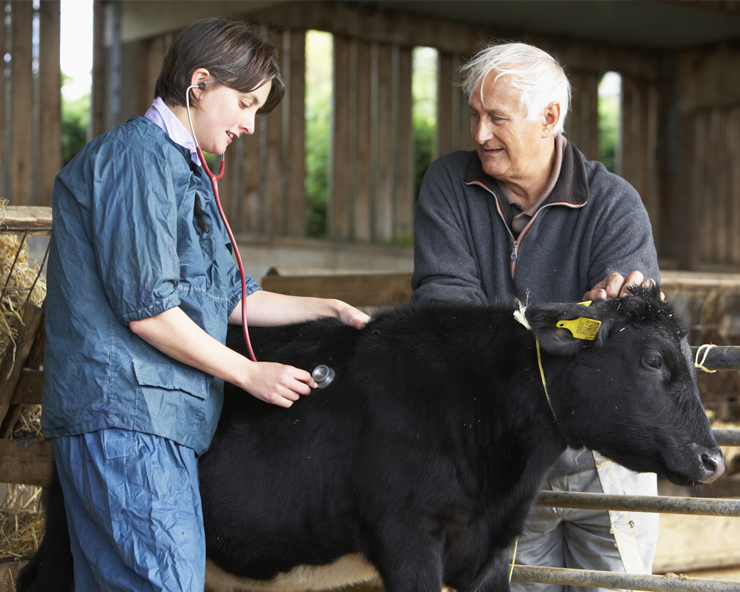Even without your knowledge, things that can be toxic to animals might be lying around on your farm, in barns, pastures, or even in water. Identifying and preventing possible toxins for your livestock and identifying signs of poisoning is important.
Plants
There could be plants growing in your pasture or in swampy areas that can be toxic to your livestock. During wet seasons, you may see increased amounts of mycotoxins; in dry seasons, you may see higher nitrate poisonings. It is important to be able to identify these plants and try to remove them, especially during the springtime. Plants can also contain high levels of certain minerals, like selenium, that can cause illness in livestock. These plants will differ by state and region, so check with your local veterinarian or extension office for a list of toxic plants applicable to your area.
Some of these plants include:
- Bracken fern
- Buttercups
- Common cocklebur
- Mustards
- Poison hemlock
- Nightshade
- Tall endophyte fescue
Lead and Copper Poisoning
The most common cause of neurological symptoms from toxins in livestock is lead poisoning. Lead can be found most commonly in old paint, but it also can be found in pesticides or where old machinery or leaded gas was stored. Livestock can also have lead toxicity from eating plants grown in lead-polluted soil. Livestock are also susceptible to copper poisoning, especially sheep. Copper poisoning can come from over-supplementing minerals or forages grown in soil with high copper concentrations. Consult your veterinarian immediately if you suspect lead or copper poisoning in your livestock. Livestock that have lead poisoning may show symptoms including excess salivation, muscle spasms and convulsions, blindness, constipation and diarrhea among others. Copper poisoning can result in weakness, depression, lack of appetite, and bloody and smelly feces.
Water Contaminants
If you start seeing signs of toxicity in your animals, be sure to have your water checked to ensure no contamination of your water source. If there are chemicals or high levels of certain minerals, your animals may be susceptible to poisoning. Blue-green algae is another source of toxicity for livestock. This alga grows in slow-moving water during hot weather.
Other Sources
There are a variety of other potential sources for poisoning for your livestock. If they are used on your farm, ensure chemicals, such as insecticides and herbicides, are stored safely away from animal access. Make sure to clean up any spills and avoid keeping livestock in sheds that have previously stored chemicals. It is also important to keep feed securely stored away to prevent overfeeding or acidosis if livestock happens to get out.
Signs of Poisoning
A variety of signs can point to accidental poisoning in your livestock, depending on the toxin. Make sure to watch your livestock for any changes that you notice in their behavior. Signs and symptoms of toxins can also look like other diseases or problems. Some signs that can indicate a poisoning are:
- Twitching or spasming
- Head pressing
- Excessive sweating or salivation
- Paralysis
- Nervousness or behavior changes
- Bloating
- Sores
- Bleeding from the rectum or nasal passages
Relationship With Your Veterinarian
As always, it’s important and can be very helpful to have a relationship with a veterinarian. Your local vet will know of problem plants in your region and can help with diagnosis, treatment and prevention of plants and other toxins on your farm or ranch
Resources:
MU Extension: Plants Poisonous to Livestock
BEEF Magazine: Fact Sheet: Poisonous Plants For Cattle

